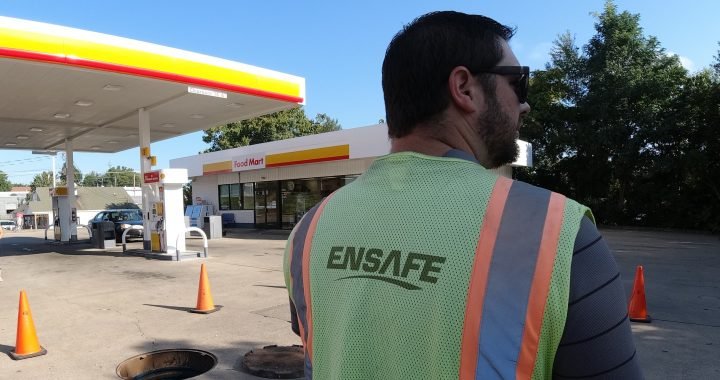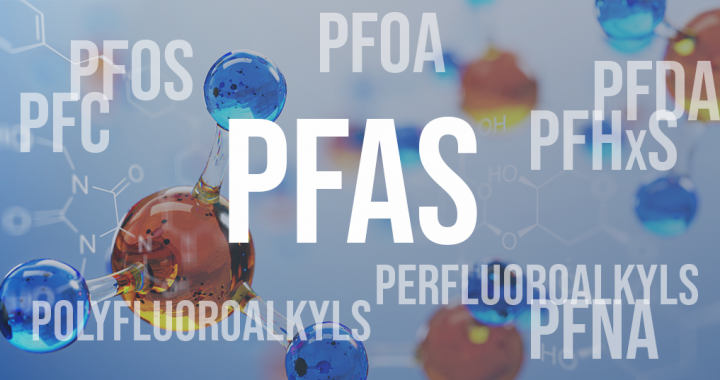NEWS > INSIGHTS & INNOVATIONS
How to Create a Brownfield Success Story
The six brownfield experts you’ll need and how to leverage them There’s no secret roadmap, no magic three-step formula, when it comes to redeveloping, reusing or expanding property that may be complicated by the actual or perceived presence of a hazardous substance, pollutant or contaminant. Brownfield sites might be abandoned gas stations. They might be […]
Continue reading→The NEPA Process – How to Navigate It and Who to Navigate It With
Which U.S. law has the distinct honor of being considered the Magna Carta for environmental protection? (Our title sort of gives it away.) The National Environmental Policy Act of 1970. NEPA for short. It’s our nation’s charter for protecting the environment. What is NEPA? NEPA sets up the policies, goals, and means for public officials […]
Continue reading→Announcing our 2020 Client Education Series
We’re already gearing up for a growth-filled new year with our 2020 Client Education Series schedule. Our complimentary workshops are held in our corporate office in Memphis, Tennessee, and cover a wide range of important topics – from hazardous waste reporting to vapor intrusion to OSHA compliance. Interested in attending one of our complimentary workshops? […]
Continue reading→New Petroleum UST Regulations: One Year after October 2018
A quick review of how the 2015 EPA UST Regulations have been changing the UST compliance landscape over the past year. First the Numbers: According to the EPA Semiannual Report of UST Performance Measures (Mid Fiscal Year 2019 October 1, 2018 – March 31, 2019): 548,682 – That’s the approximate number of regulated USTs at […]
Continue reading→EnSafe Helps City of Bowling Green, KY Move Forward with Landfill Improvements
EnSafe is excited to move forward with engineering design to help correct a decades-old problem with the city’s largest landfill, Butler County Landfill in Morgantown, Kentucky. The City of Bowling Green commissioners have approved funding for preparation of design drawings and specifications for construction of a force main to transfer landfill leachate to the City […]
Continue reading→Risk Management 101
How to Effectively Navigate Your Project Around (Or Through) Risks Liability under environmental, health, and safety laws is a potential risk no matter your industry – from aerospace to chemical manufacturing, ports and transportation services to U.S. armed forces, developers and attorneys to federal, state and local governments. For example, when drilling for a development […]
Continue reading→The Evolving PFAS Landscape
Regulatory approaches vary from state to state. History and Pending Federal Oversight Per- and polyfluoroalkyl substances (PFAS) continue to gain regulatory attention across the country since being added to the US EPA’s Unregulated Contaminant Monitoring Rule list in 2012. On February 14, 2019, U.S. EPA released the PFAS Action Plan, which addressed potential inclusion of […]
Continue reading→Part 1 of 3: Five Tips for Successfully Navigating Compensatory Mitigation
How to Keep your Project on Track when Mitigation is Required Is there a stream, wetland, or other aquatic resource (e.g. pond) on your project site? You’ll need to do some proactive legwork if you suspect your project will impact water resources regulated by the US Army Corps of Engineers (Corps) or waters of the […]
Continue reading→Part 2 of 3: Should You Purchase Credits from a Mitigation Bank or In-Lieu Fee Program?
Top 4 Purchasing Benefits If your project’s plan to avoid and reduce adverse impacts to water resources isn’t enough and impacts are unavoidable and above regulatory pre-set thresholds – you will be responsible for compensatory mitigation. In other words, you must compensate for the form and amount of impact the Corps or other regulatory agency […]
Continue reading→Part 3 of 3: What to Do If Permittee-Responsible Mitigation is Your Only Route
A plain language explanation of the PRM process When your project’s impacts to water resources are unavoidable and above regulatory pre-set thresholds, you are responsible for compensatory mitigation. We reviewed in Part 1 how to navigate the process, and in Part 2 why purchasing mitigation bank or in-lieu fee program credits are the Corps’ preferred methods. There […]
Continue reading→








